But First, A Quick Review of Starlight

Two major processes shape a stellar spectrum
- Thermal emission
- Line absorption
Matthew M Steele, John Merrill, Kevin Haudek, and Mark Urban-Lurain
Michigan State University

Two major processes shape a stellar spectrum
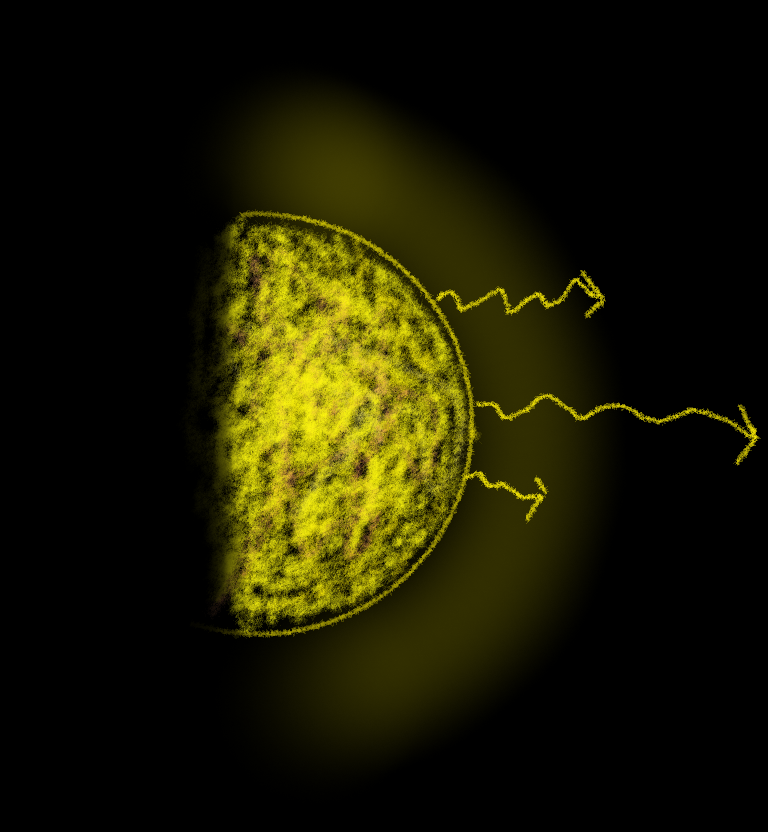
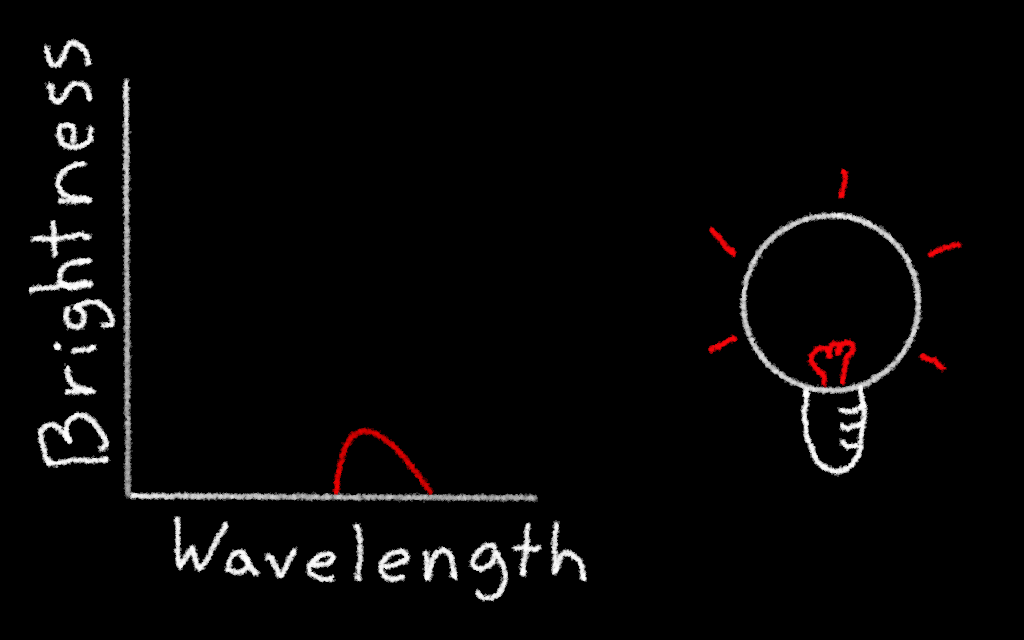
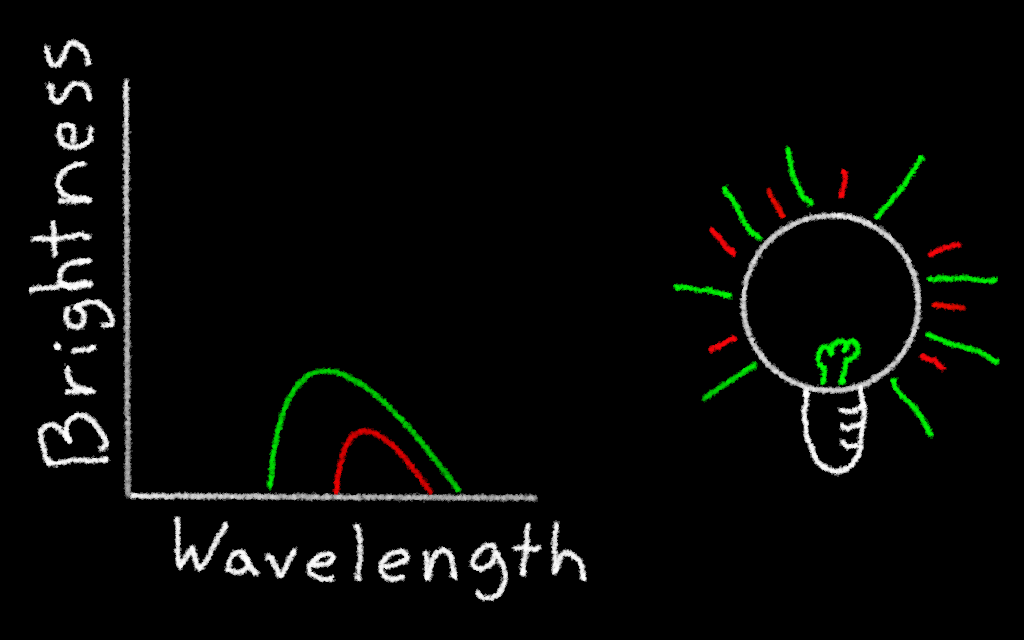
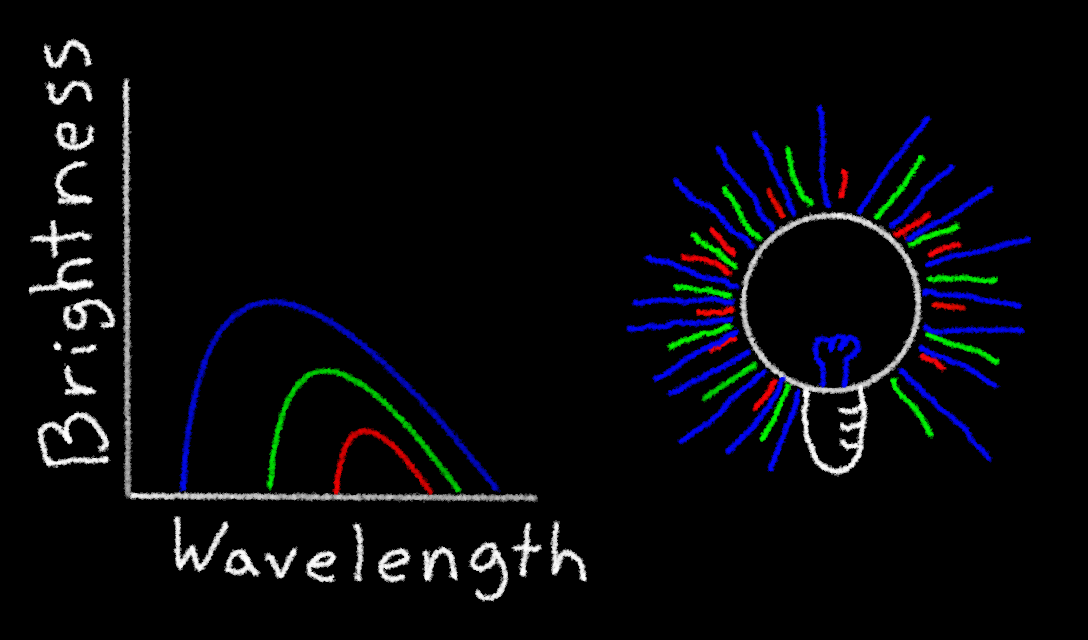






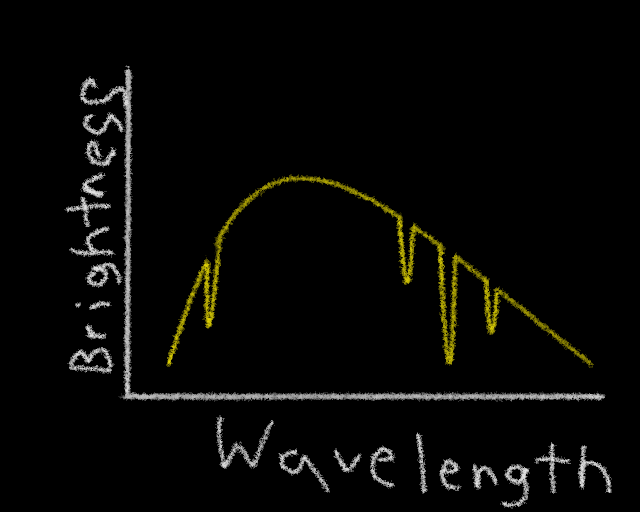
To develop a set of constructed response items probing student thinking on key concepts in astronomy
To develop a set of constructed response items probing student thinking on key concepts in astronomy



Light And Spectroscopy Concept Inventory

Goals
Constraints

NASA, ESA
Emission line sources
Source color and thermal emission with absorbtion features
Comparing observed features to a known source

NASA, ESA
Emission line sources
Source color and thermal emission with absorbtion features
Comparing observed features to a known source

Consider the dark line absorption spectra shown below for Star X and Star Z. What can you determine about the colors of the two stars? Assume that the left end of each spectrum corresponds to shorter wavelengths (blue light) and that the right end of each spectrum corresponds with longer wavelengths (red light).
a. Star X would appear blue and Star Z would appear red.
b. Star X would appear red and Star Z would appear blue.
c. Both stars would appear the same color.
d. The colors of the stars cannot be determined from this information.

Consider the dark line absorption spectra shown below for Star X and Star Z. What can you determine about the colors of the two stars? Assume that the left end of each spectrum corresponds to shorter wavelengths (blue light) and that the right end of each spectrum corresponds with longer wavelengths (red light).
a. Star X would appear blue and Star Z would appear red.
b. Star X would appear red and Star Z would appear blue.
c. Both stars would appear the same color.
d. The colors of the stars cannot be determined from this information.

Consider the dark line absorption spectra shown below for Star X and Star Z. What can you determine about the colors of the two stars? Assume that the left end of each spectrum corresponds to shorter wavelengths (blue light) and that the right end of each spectrum corresponds with longer wavelengths (red light).
a. Star X would appear blue and Star Z would appear red.
b. Star X would appear red and Star Z would appear blue.
c. Both stars would appear the same color.
d. The colors of the stars cannot be determined from this information.

Consider the dark line absorption spectra shown below for Star X and Star Z. What can you determine about the colors of the two stars? Assume that the left end of each spectrum corresponds to shorter wavelengths (blue light) and that the right end of each spectrum corresponds with longer wavelengths (red light).
Introductory Astronomy
Administration

Rubric
Bins





Consider the dark line absorption spectra shown below for Star X and Star Z. What, if anything, can you determine about the colors of the two stars from these spectra? Explain your reasoning. Assume that the left end of each spectrum corresponds to shorter wavelengths (blue light) and that the right end of each spectrum corresponds with longer wavelengths (red light).
The AACR Research Group
Particpant Instructors
This material is based upon work supported by the National Science Foundation (Grants 0736952, 0909999, 1022653, 1323162, and 1347740). Any opinions, findings and conclusions or recommendations expressed in this material are those of the author(s) and do not necessarily reflect the views of the supporting agencies.